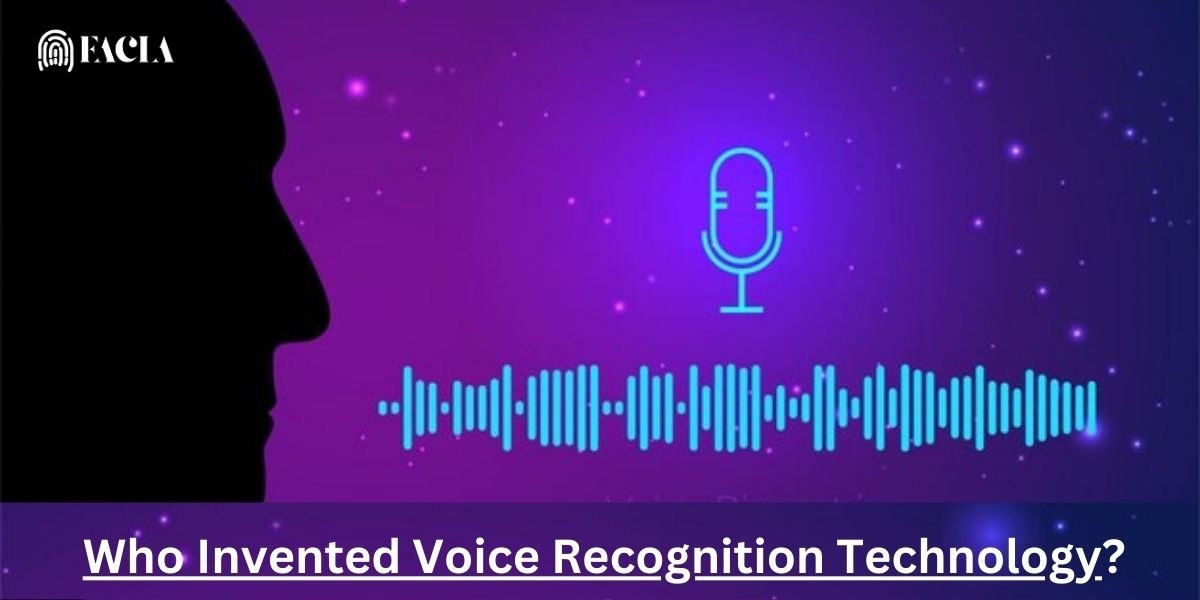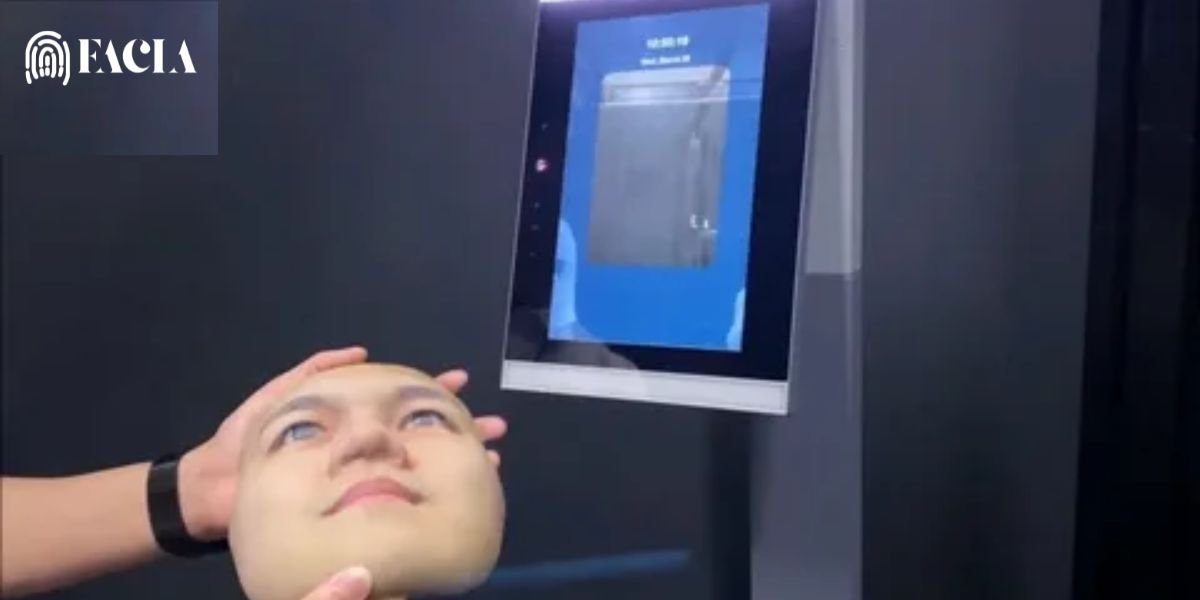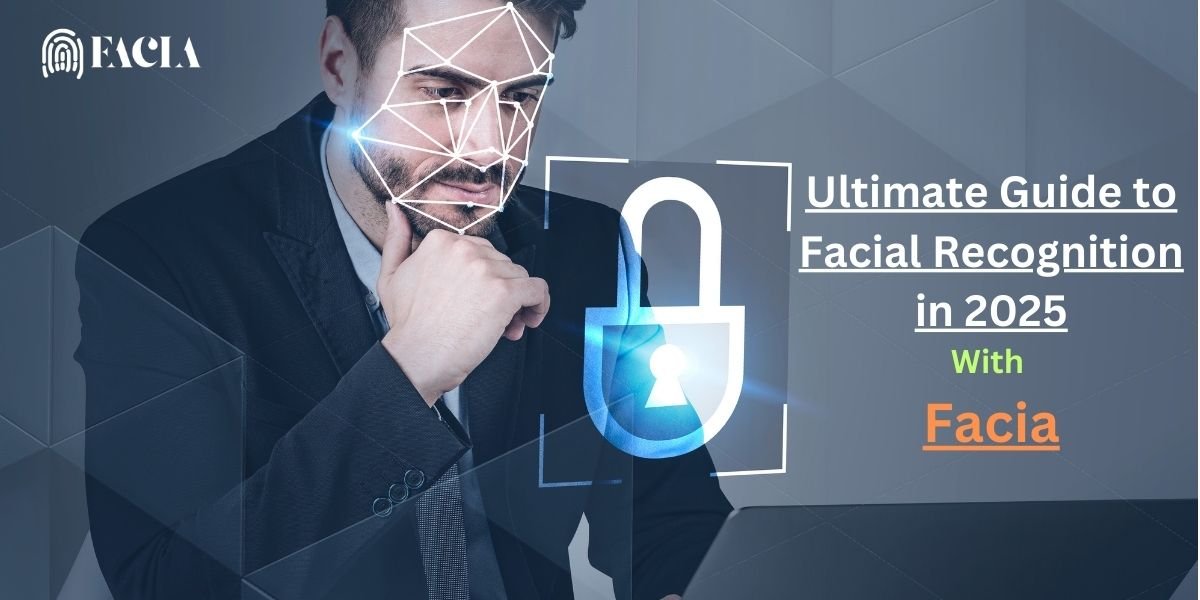The Seeds of an Idea (Pre-1950s)
- 1779: While not strictly “Voice Recognition,” Wolfgang von Kempelen built a “speaking machine” that could produce some simple words. This showed the early fascination with creating machines that could mimic human speech.
- 1939: Bell Labs showcased the Voder at the World’s Fair. This device could synthesize speech, demonstrating the potential for machines to generate and manipulate sounds.
The First Steps (1950s)
- 1952: Bell Labs (Stephen Balashek, R. Biddulph, K.H. Davis) created “Audrey,” a system that could recognize spoken digits (0-9) with reasonable accuracy (over 90%). This was a HUGE breakthrough, proving it was possible!
- 1950s: IBM also started exploring speech recognition, developing “Shoebox,” which could understand about 16 words.
Laying the Foundation (1960s-1970s)
- 1960: Gunnar Fant’s work on the “source-filter model” of speech production provided a crucial understanding of how we produce sound, which was vital for building recognition systems.
- 1960s: Research intensified globally, with labs in the US, Japan, and the Soviet Union developing hardware to recognize basic speech sounds (vowels and consonants).
- 1964: IBM showcased “Shoebox” at the World’s Fair, demonstrating its ability to understand simple commands.
- Late 1960s: Raj Reddy at Stanford University tackled the challenge of “continuous speech recognition,” where users don’t need to pause between words. This was a massive leap towards natural interaction.
- 1970s: The US Department of Defense invested heavily in speech recognition research through DARPA’s SUR program.
- 1970s: Carnegie Mellon University developed “Harpy,” a system capable of recognizing over 1,000 words.
- 1970s: Hidden Markov Models (HMMs) started to be used in speech recognition. These statistical models allowed systems to deal with the variability of human speech much more effectively.
From Lab to Life (1980s-1990s)
- 1980s: IBM developed a “talking typewriter” for the visually impaired, demonstrating the real-world applications of the technology.
- 1980s: Voice recognition started appearing in toys, making the technology more familiar to the public.
- 1990: Dragon Systems, founded by James and Janet Baker, released “Dragon Dictate,” one of the first commercially available speech recognition software packages for personal computers.
- 1990s: “Sphinx-II,” a large vocabulary continuous speech recognition system, was developed, further pushing the boundaries of what computers could understand.
The Modern Era (2000s-Present)
- 2000s: Companies like Microsoft integrated speech recognition into their software, making it accessible to a broader audience.
- 2000s: Google began developing its speech recognition capabilities, driven by projects like GOOG-411 (a telephone directory service).
- 2010s: The rise of mobile devices and cloud computing led to major advances. Siri, Google Assistant, and Alexa emerged, bringing voice recognition to the forefront of everyday technology.
- Present: Voice recognition continues to improve rapidly, driven by AI and machine learning. It’s now used in countless applications, from virtual assistants to voice search to accessibility tools.
Key Figures
While many people contributed, these names stand out:
- Stephen Balashek, R. Biddulph, K.H. Davis: Early pioneers at Bell Labs who built “Audrey.”
- Gunnar Fant: His theoretical work on speech production was fundamental.
- Raj Reddy: A leading figure in continuous speech recognition.
- James and Janet Baker: Founders of Dragon Systems, who brought speech recognition to the consumer market.
- Frederick Jelinek: IBM researcher who championed statistical approaches to speech recognition.
It’s important to remember that Voice Recognition Technology is the result of decades of research, development, and collaboration by countless individuals and organizations. Each contribution, from early acoustic modeling to the development of sophisticated algorithms, has helped shape the technology we use today.
Read More:





